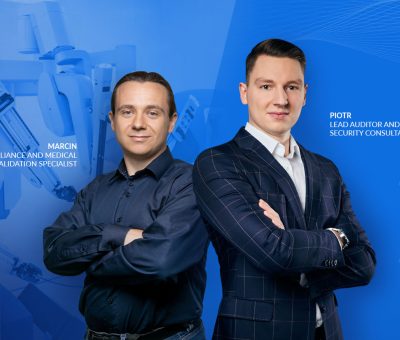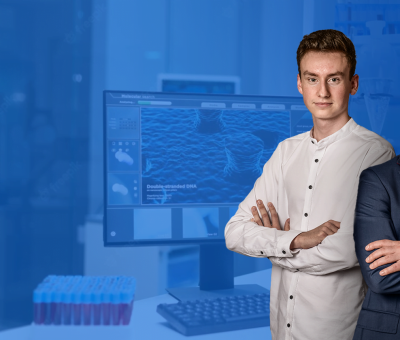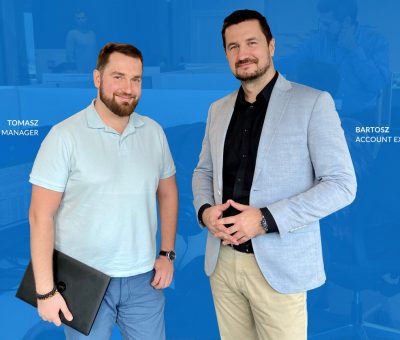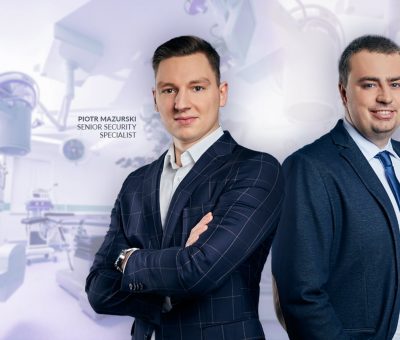Setting the course right — 5 pitfalls to prevent in your Medical Device new venture
In the rapidly evolving world of medical devices, innovation drives progress. However, early adopter companies, bursting with groundbreaking ideas, often stumble due to a lack of field-specific expertise. The number of healthcare-unique requirements and regulations are designed to maintain the highest standards of patient care, data security, and overall operational integrity within the healthcare IT landscape. Sii Poland experts outline several common pitfalls that can lead to accumulating technological debt, compromising the potential of a startup’s innovative solution.
1. Quality Management System (QMS) oversight
Despite seeming cumbersome and contrary to the rapid innovation mindset, the QMS is vital. It ensures compliance with ISO 13485, a standard that isn’t just good practice but a legal necessity in some regions. An effective QMS extends beyond R&D and touches various aspects like planning, execution, and document archiving, ensuring that innovations align with regulations and best practices.
— One of the commonly seen issues in companies that start their journey with developing Medical Devices is leaving the implementation of QMS until the R&D phase has concluded. QMS implementation is often a separate project for a company, and when started too late, not parallel to the development of the device, it might create a gap and delay the market launch — says Krzysztof Cygoń, Senior Compliance Officer at Sii Poland.
2. Neglecting comprehensive risk management
Risk isn’t a one-off factor to be addressed; it’s a continuous process essential to the lifecycle of a medical device. A comprehensive risk management approach involves multiple stakeholders, including those in the clinical field, ensuring the device’s real-world applicability and safety.
— Risk management is something that should be done all that time, continuously, during the entire project, and also later, throughout the entire life-cycle of the medical device — adds Krzysztof Cygoń. — This creates a need to have a dedicated risk team available during the project. Properly conducted risk management, in fact, speeds up the project and helps to identify many common issues with the final product before it hits the market, which makes it more cost-efficient in the long run — he concludes.
3. Postponing documentation
The adage “what’s not documented doesn’t exist” is particularly true in the medical device domain. Documenting only at the project’s end can lead to missed details and raise red flags during audits, risking non-compliance and jeopardizing market entry.
— Nowadays, up to 25% of specialists in many companies change jobs every year. In a team of 8 people and a project lasting two years, there is only a 1% chance that no one will leave. Without appropriate documentation, the knowledge necessary to introduce and maintain the product on the market is lost — comments Marek Matuszak, Senior Architect at Sii Poland.
4. Allowing dynamic project scope changes
While flexibility is an asset, excessive changes without proper documentation can result in missed requirements and confusion, disrupting timelines and focus.
5. Insufficient software testing
Testing shouldn’t be an afterthought when high stakes like patient safety are involved. It’s crucial that those designing the software aren’t the same individuals testing it, preventing tunnel vision and ensuring comprehensive evaluation.
— This is extremely important when the Software Requirement is used as a Risk Control measure for higher-severity risks. Advanced testing methods, like Unit Testing and Static Code Analysis, must be used to increase the likelihood of software being bug-free – says Marcin Lis, Senior Compliance and Medical Software Validation Specialist at Sii Poland.
Balancing innovation and compliance — Sii’s approach to Medical Device development
In summary, while innovation is at the heart of every medical device startup, the methodical and regulatory aspects ensure this innovation sees the light of day. Balancing the fervor of invention with the prudence of best practices ensures not just compliance but success in the competitive medical device market.
Within the intricate landscape of the healthcare industry, the path from an innovative concept to a thriving market presence demands a delicate fusion of creativity and compliance. This is precisely where Sii comes into play. We emphasize this balance, offering our expertise to support startups in their journey from conception to market entry.
Discover more about how combining new ideas with following the rules can help your medical device startup in our in-depth blog article — 5 mistakes you want to avoid if you are a Medical Device startup.

























